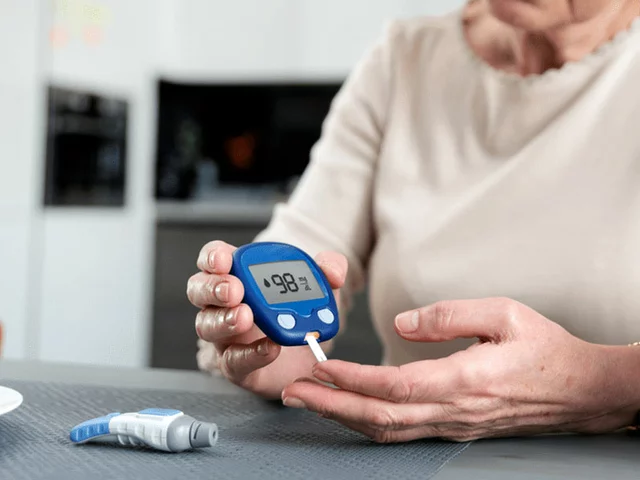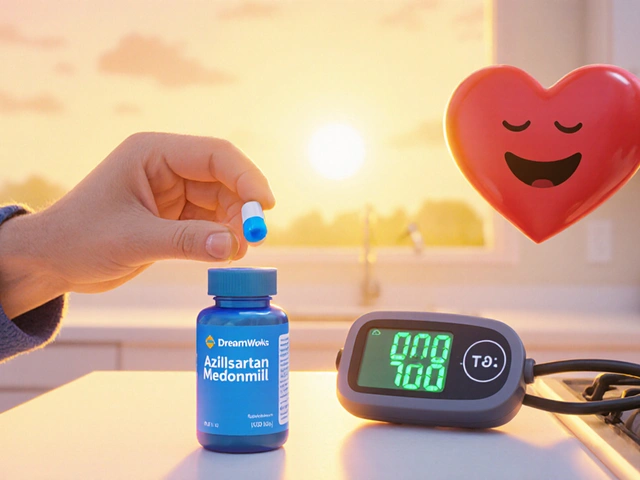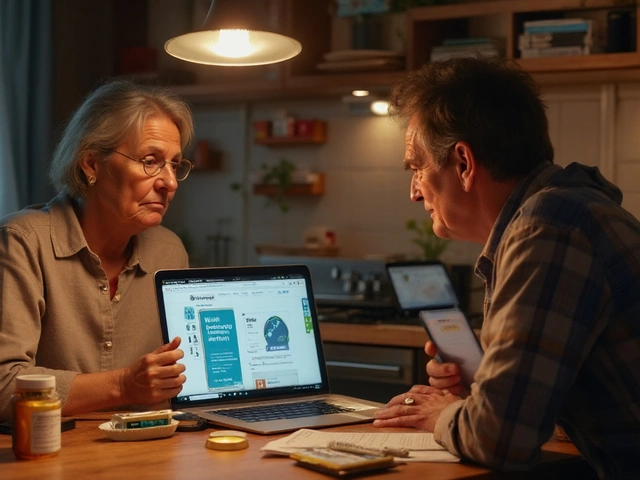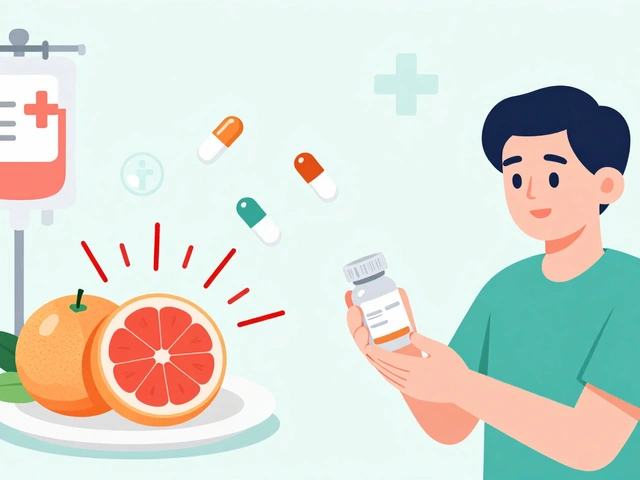Medication safety: how to buy, store and take medicines without risking harm
Medicine can help a lot — but mistakes happen fast. This page gives clear, practical steps you can use today: how to pick a safe online pharmacy, avoid dangerous drug interactions, store meds properly, and spot fake products.
Safe buying: pick real pharmacies, not bargains
When you buy online, look for a licensed pharmacy. Check for a physical address, a licensed pharmacist contact, and HTTPS on the site. Search the pharmacy name plus words like “reviews” and “scam” before you pay. Trusted seals matter: look for accreditation like VIPPS/NABP or a LegitScript listing. If a site offers prescription-only drugs without asking for a prescription, walk away.
Watch prices that seem too good to be true. Counterfeit meds often show up with low prices and vague packaging. Ask the pharmacy for photos of the product and a clear lot number or manufacturer name. If pills look different from what you’ve taken before, don’t take them — ask a pharmacist to verify the imprint and appearance.
Take medicines safely: checks and common interactions
Keep a current medication list with doses, how often you take them, and why. Share that list with every doctor, dentist, or pharmacist you see. Before starting a new drug, check for interactions with what you already take — even OTC pain relievers, supplements, or herbal remedies matter.
Some specific red flags: nitrates (for chest pain) must never be mixed with PDE5 inhibitors like sildenafil — that combo can cause dangerous low blood pressure. Warfarin interacts with many antibiotics and some supplements, so report any new drug immediately. Alcohol can worsen side effects for drugs like spironolactone or certain benzodiazepines. Ask your clinician about these exact pairs if you’re unsure.
Follow dosing instructions exactly. Never split a pill or change timing unless your doctor says it’s okay. If you miss a dose, read the label or ask a pharmacist — the right move depends on the medicine. Never share prescription meds with others.
Storage and disposal matter. Store medicines away from heat, direct sunlight, and moisture — usually a cool, dry place is best. Some drugs need refrigeration (insulin, certain biologics). Keep medicines in original containers with the label intact so you can check expiry dates and lot numbers. Dispose of expired or unwanted meds through a pharmacy take-back program when possible; if not available, mix them with undesirable substances and place them in a sealed bag before tossing.
If you notice unusual side effects, sudden rashes, breathing trouble, or fainting, seek urgent care. For less severe reactions, report them to your prescriber and the pharmacy and consider filing a report with your country’s health authority. Read more articles on Nurx Pharmaceuticals SU for specific guides — from spotting fake pharmacies to storing tacrolimus and avoiding risky drug combos.
Small steps — checking the pharmacy, keeping a medication list, and storing drugs correctly — prevent most problems. Ask questions, keep records, and trust your pharmacist when something looks off.
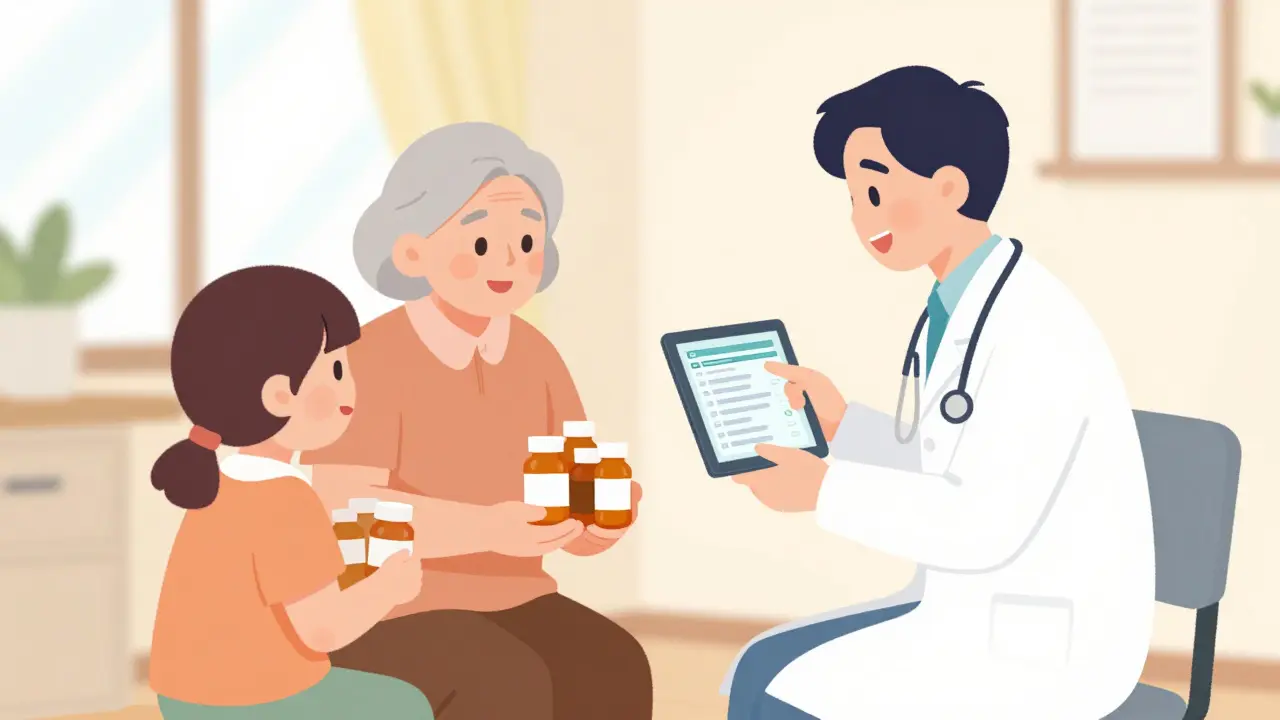
How to Bring a Caregiver or Advocate to Medication Appointments
Bringing a caregiver or advocate to medication appointments reduces errors, improves understanding, and keeps you safer. Learn how to prepare, communicate, and ensure your meds are right every time.
View More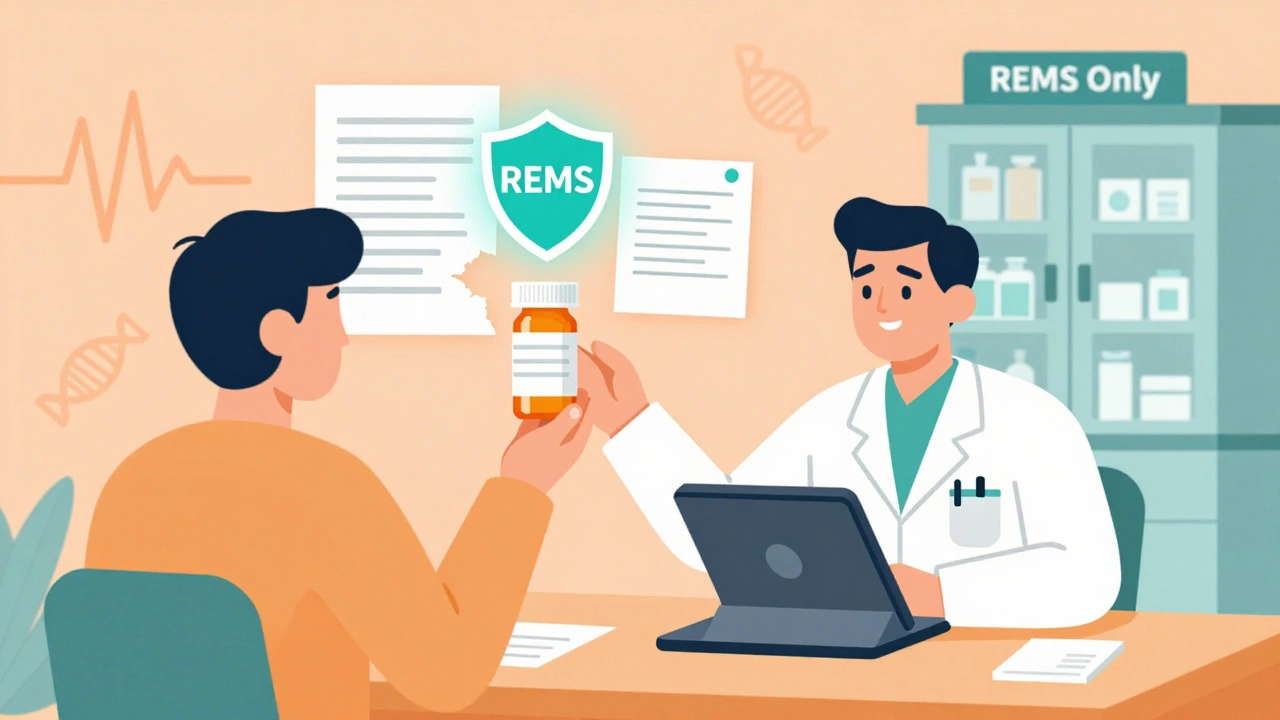
REMS Programs Explained: How the FDA Manages High-Risk Medications
REMS programs are FDA-mandated safety plans for high-risk prescription drugs. They require certifications, registries, and special dispensing rules to prevent serious side effects. Here's how they work - and why they're changing.
View More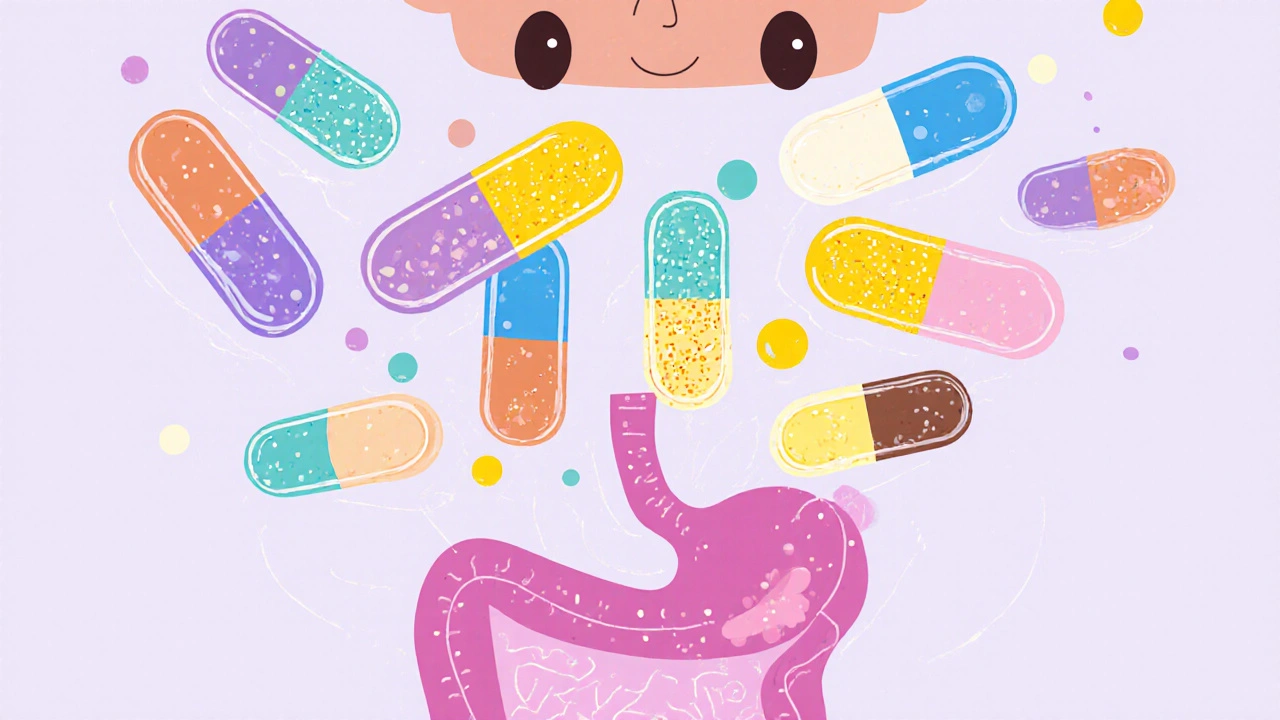
Inactive Ingredient Interactions in Generic Medication Combinations
Inactive ingredients in generic medications can interact when taken together, causing unexpected side effects. Learn which common fillers and dyes may be harming your health - and how to protect yourself.
View More
Aripiprazole & Breastfeeding: Essential Guide for New Moms
Learn how aripiprazole affects breast milk, the infant safety data, and practical steps for nursing mothers to protect their baby while managing mental health.
View More
Cordarone: Uses, Side Effects, Dosage, and Essential Safety Guide
Get a straightforward guide on Cordarone: how it works, benefits, risks, side effects, and practical tips for people who want to understand amiodarone better.
View More
